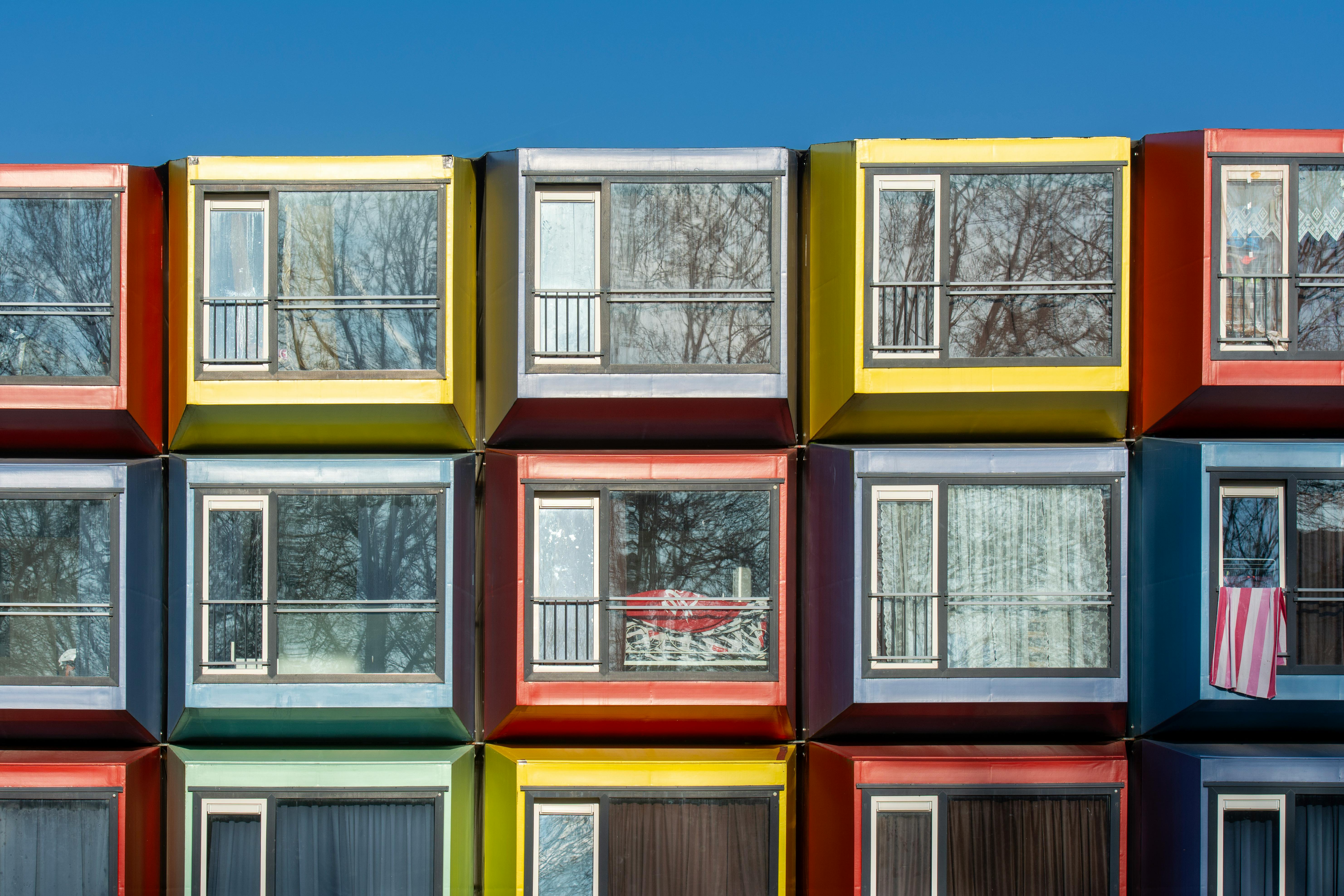
The Future of Housing: How Modular Homes Are Changing Living
Housing is undergoing a revolution. As cities expand, construction costs rise, and sustainability becomes a pressing concern. Well, in this fast-paced housing market, modular homes are emerging as game-changers in the industry. These prefabricated houses, which are built in controlled environments and assembled on-site, offer a cost-effective, energy-efficient, and flexible alternative to traditional construction. In this article, we’ll explore how modular homes are redefining the future of housing, and have a look at some interesting turn-key modular home misconceptions.
The Rise of Modular Homes
A Market on the Rise
The modular home market has been growing rapidly, driven by increased demand for affordable and sustainable housing solutions. According to a report by Research and Markets, the global modular construction market is expected to reach $141.8 billion by 2029, growing at a 6.1% CAGR from 2022.
You Might Ask - Why the Shift?
Several factors contribute to the increasing popularity of modular homes, such as speed – modular homes can be completed 30-50% faster than traditional homes thanks to their factory-built components. Cost-effectiveness is a key factor as well, with lower labor and material waste, modular homes can be 10-30% cheaper than conventional housing. Sustainability - controlled factory environments reduce construction waste, and many modular homes incorporate energy-efficient materials. And lastly, customization – advances in design mean modular homes are no longer just box-like structures; they can be tailored to various styles and preferences. Let’s have a look at each of these factors more in-depth.
Key Benefits of Turn-Key Modular Homes
Faster Construction Time
Unlike traditional construction, which can take months or even years, modular homes can be built in a matter of weeks. Since 60-90% of the home is prefabricated in a factory, it reduces the risk of delays caused by bad weather or labor shortages. Here, you get a risk-free price guarantee as well!
Cost Savings Without Compromising Quality
Many people assume that lower costs mean lower quality, but that’s not the case with modular homes. The efficiencies of factory production reduce material waste and labor costs, allowing for high-quality builds at a more affordable price point. A 2021 McKinsey report found that modular construction can reduce building costs by up to 20%.
Sustainability and Energy Efficiency
Sustainability is at the heart of modular housing. Many modular homes use eco-friendly materials, energy-efficient insulation, and solar panels to reduce carbon footprints. Additionally, because modular homes generate less on-site waste and require fewer deliveries, they help cut emissions during the construction process.
High Standards of Quality Control
Since modular homes are built in a controlled environment, they undergo rigorous inspections to ensure quality. Traditional construction sites are prone to errors and inconsistencies, whereas factory-built homes follow strict ISO-certified quality control measures to deliver consistency and durability.
Overcoming Common Myths About Modular Homes
Myth 1: Modular Homes Are Low-Quality or Temporary
Reality: Modern modular homes are built to meet or exceed local building codes and can last as long as, if not longer than, traditional homes. However, it’s important to note that not all modular homes are created equal. A well-marketed, low-quality home can appear just as visually appealing in pictures as an Evermod home, but true quality lies in the details. Evermod houses are designed for a fully comfortable living experience, ensuring long-term durability and efficiency.
When evaluating modular homes, buyers should pay close attention to construction details and, if uncertain about their decision, seek advice from a neutral professional. The reality is that in factory-built housing, an employee with no prior experience working with wood can be trained to perform a single operation, whereas traditional on-site construction requires skilled carpenters—many of whom are reluctant to take on extended travel for projects. This distinction makes factory precision a key advantage, but also highlights the importance of choosing a reputable modular home manufacturer.
Myth 2: Modular Homes All Look the Same
Reality: Today’s modular homes come in various architectural styles, sizes, and layouts. Many high-end modular homes are virtually indistinguishable from traditional custom-built houses. Evermod turn-key modular homes, for example, have 5 different models to choose from and you can also customize plenty of features, such as walls, kitchen, windows etc.
Myth 3: Resale Value is Lower
Reality: With growing demand for sustainable and efficient housing, well-maintained modular homes hold their value well and can even appreciate over time.
The Future of Modular Homes
With continuous advancements in technology and construction methods, the modular home industry is set to play a crucial role in the future of housing. Countries with high housing demands, such as Sweden, The Netherlands, Germany, and the U.S., are increasingly embracing modular construction to solve affordability and housing shortage issues.
Innovation in Modular Housing
3D printing is on the rise with so many different things you can print, so some companies are experimenting with 3D-printed modular homes, further cutting costs and time. Smart homes are here to stay, so many modular homes are now being equipped with smart technology, such as energy-efficient heating and cooling systems and automated lighting. Multi-story modular buildings are the next step as the modular concept isn’t just for single-family homes anymore. Many high-rise apartments and hotels are now being built using modular techniques. Which is a great business idea, by the way! Imagine starting your rental business with modular homes in Iceland!
Conclusion
Modular homes are proving to be more than just an alternative to traditional housing—they are shaping the future of home construction. With benefits like faster build times, cost savings, energy efficiency, and high-quality design, it’s no wonder that modular homes are becoming a preferred choice for homeowners and developers alike. There are so many uses, both for business and residential when it comes to modular homes. As housing demands continue to grow, modular homes stand out as an innovative solution to create affordable, durable, and sustainable living spaces.
Interested in modular living? Explore our range of turn-key modular homes today!